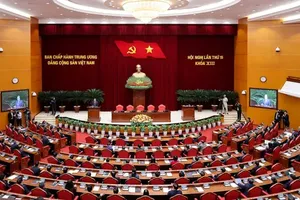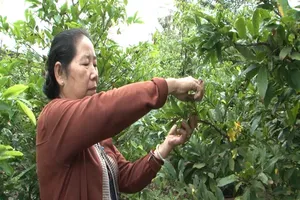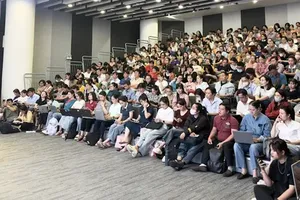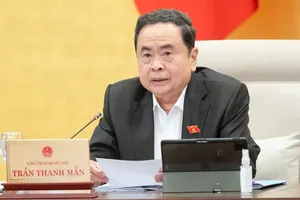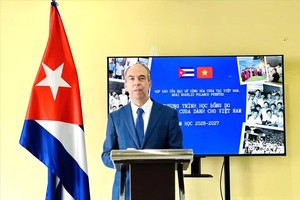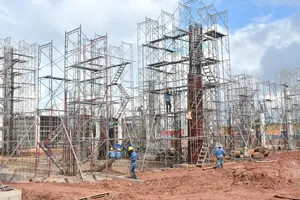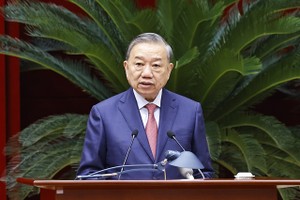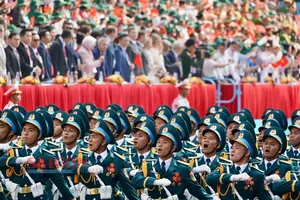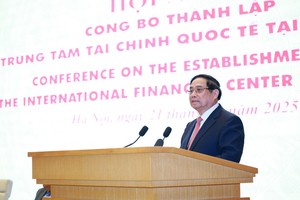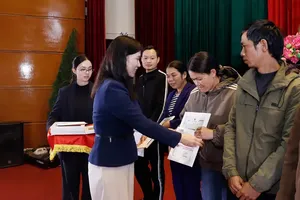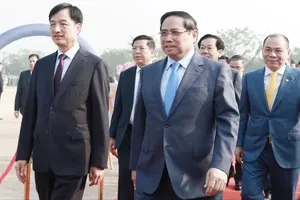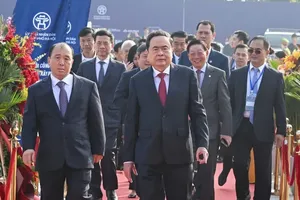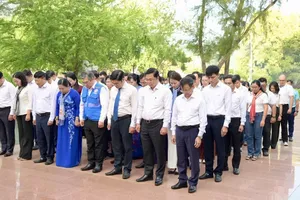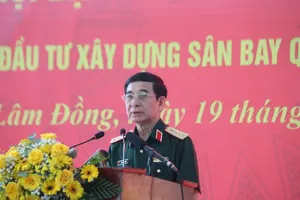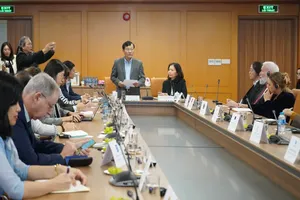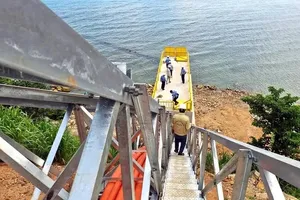A meeting was held January 29 in Ho Chi Minh City to discuss measures to protect the Dong Nai River Basin in Dong Nai Province next to the city.
Participants stressed that it is crucially important to save the river from alarming levels of pollution.
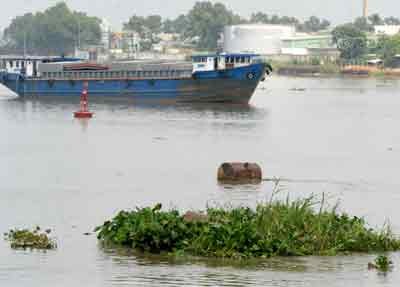
The Ministry of Natural Resources and Environment held the convention with participation from the HCM City People’s Committee and representatives from 12 provinces and cities along the Dong Nai River.
The latest inspection of the river showed the water was heavily contaminated, while the most polluted section near the Cam Ly waterfall in Lam Dong Province spreads to the northern province of Ba Ria-Vung Tau, the ministry said.
Bui Cach Tuyen, deputy head of the Department of Environment under the Ministry of Natural Resources and Environment, said provinces along the river have the most developed industries, services and urbanization in the country, accounting for 58 percent of Vietnam’s GDP.
In the past two years, these provinces have achieved a growth rate of over 10 percent and are the most populated areas in the country accounting for 15 million residents. The continually growing populace, especially in urban areas, has only worsened pollution in the river.
Much of the vegetation around the riverhead has also been destroyed in the quest to exploit the area’s natural resources. As a result, the river valley’s former bio-diversity has decreased immensely.
Several industrial parks and businesses have not invested in waste treatment systems, or if they have installed them, fail to operate them properly. Since 2007, some 900 firms in Binh Duong, over 200 in HCM City, and 116 in the southern province of Binh Phuoc have been penalized for breaching environmental regulations.
In 2008, Prime Minister Nguyen Tan Dung set up the Committee for the Protection of the Environment of Dong Nai River Valley following years of warnings from scientists that the river was in serious danger.
But according to Mr. Tuyen of the environment ministry, the committee has not been effective because members are provincial officials who are too busy with other work to pay sufficient attention to the problem.
A lack of funding has also plagued the committee’s operations, said Mr. Tuyen.
To date, only the Mekong Delta province of Long An has set up its own committee to carry out river protection projects while the Government has not provided any funding.
Low public awareness of the river’s pollution also needs to be addressed, said Mr. Tuyen.
The environment ministry asked 12 provincial managers at the meeting to make concerted efforts to protect the river. Natural Resources and Environment Minister Pham Khoi Nguyen ordered cities and provinces along the river, including HCM City, Dong Nai, Binh Duong, and Tay Ninh, to use all available resources and official development assistance (ODA) capital to construct waste treatment plants.
Enterprises must also install monitoring systems and carry out environmental quality analyses as well as oversee waste discharge from industrial zones by 2020.
HCM City Chairman Le Hoang Quan directed the Department of Environment to liaise with the 12 provinces to report on infrastructure including industrial parks, golf courses, and water resources; to enhance the oversight of environmental protection activities at industrial processing zones; to raise public awareness about environmental degradation; and to call for the public’s help in cracking down on environmental violations.
The city chairman also proposed that the Ministry of Finance allow the provinces to use capital from preferential loans, environmental funds, enterprises and ODA to carry out more river protection projects.

